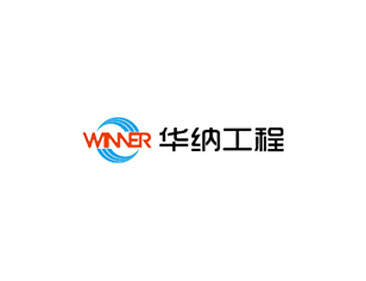Development Trends of Petrochemical Industry
2020.06

In 2011, the petroleum and chemical industry achieved steady and rapid growth. The industry's performance further improved, operational quality was enhanced, the pace of industrial structure upgrading accelerated, and product technology extended into high-end areas. In 2011, the petroleum and chemical industry achieved steady and rapid growth. The industry's performance further improved, operational quality was enhanced, the pace of industrial structure upgrading accelerated, and product technology extended into high-end areas. The industry also made significant progress in energy conservation and emission reduction, with improved resource utilization efficiency. The industry's stable growth and positive performance marked a good start to the "Twelfth Five-Year Plan" period. The industry's total output value of enterprises above designated size reached 11.28 trillion yuan, with a year-on-year increase of31.5% (the same applies below). The total profit was 807.01 billion yuan, up by 18.83%. Main business revenue reached 10.8 trillion yuan, growing by 30.44%. Total assets amounted to 7.74 trillion yuan, with an increase of 18.73%. The number of employees was 6.6953 million, up by 8.59%. Fixed asset investment in the industry was 1.43 trillion yuan, with a growth rate of 23.4%. Specifically, the fixed asset investment in oil and gas extraction was 272.035 billion yuan, accounting for 19% of the industry's total investment; in petroleum processing, it was 147.2 billion yuan, accounting for 10.29%; and in the chemical industry, it was 960.126 billion yuan, accounting for 67.13%, with a growth rate 4.7 percentage points higher than the industry average. The total import and export volume of the industry was 607.146 billion US dollars, with a growth rate of 32.3%. The trade deficit was 262.46 billion US dollars, expanding by 38%. In the oil and gas extraction sector, the total import and export volume was 208.547 billion US dollars, accounting for 34.35% of the industry's total import and export volume; in the petroleum processing sector, it was 62.345 billion US dollars, accounting for 10.3%; and in the chemical industry, it was 323.996 billion US dollars, accounting for 53.4%. In 2010, international oil prices remained high, exerting significant cost pressure on the basic chemical industry. In 2012, the global economic growth rate is expected to slow further, with the European debt crisis becoming the primary risk factor. The global supply and demand for oil will tend to loosen. Overall, international oil prices are expected to be lower compared to 2011 , with WTI crude oil prices forecasted at US $90–100 per barrel and Brent crude oil prices at US $105 per barrel. The price gap between the two is expected to narrow. The main factors influencing international oil prices include global economic development, the trend of the US dollar, and the geopolitical situation in the Middle East. In the short term, the ongoing tensions in Iran have driven up international oil prices. However, in the medium to long term, the most critical factor determining the trend of international oil prices is the global economic growth rate. In 2012, the European economy is struggling, the US economy is recovering slowly, and emerging market countries are experiencing a slowdown in growth. The probability of further global economic downturn is relatively high, making it unlikely for oil prices to exceed the 2011 level. However, due to expectations of loose liquidity and the complex evolution of the situation in the Middle East, international oil prices are still expected to remain at high levels. High oil prices are beneficial for upstream oil exploration and extraction companies but pose significant challenges for downstream basic chemical companies. Amid weak demand, the increased cost pressure further exacerbates the difficulties for these enterprises. In 2012, the total global investment in oil and gas exploration and development reached a new high, increasing by 10% on the basis of the 12% growth in 2011, to $598 billion. This marks the third consecutive year of double-digit growth. The focus of exploration and development continues to be deep water, unconventional oil and gas, and LNG. In China, investment in oil and gas exploration and development will receive even greater attention, driven by the country's energy structure, which is characterized by "abundant coal, scarce oil, and limited natural gas." The external dependence on oil and gas is rising, with the external dependence on crude oil exceeding 55% in 2011. China's substantial demand for oil and gas compels the government and enterprises to increase investment in exploration and development. The government has also introduced a series of policy plans, such as the "Outline for the Strategic Action on Mineral Exploration Breakthrough (2011–2020)" and the "Twelfth Five-Year Plan" for various sub-sectors, emphasizing the need to intensify exploration and development of relevant oil and gas resources. The "Twelfth Five-Year Plan"period will be a crucial opportunity for the development of oil and gas exploration and development in China.
Contact Us
E-mail :
hngc@jshuana.com
Phone No.:
Address:
Zhongxing Road, Xupu Industrial
Concentration Zone, Yizheng City






